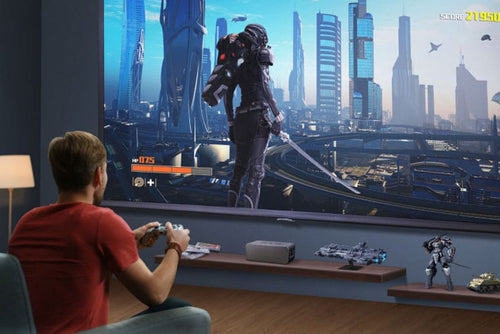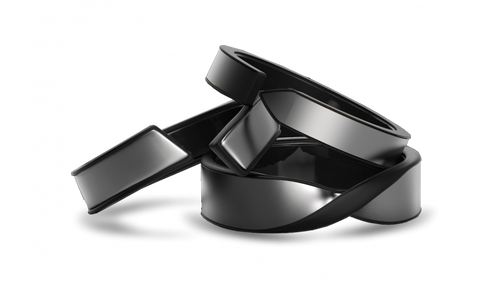REDMI K80 Pro vs. Xiaomi Mi 15 - The Ultimate Flagship Showdown

Since its launch as a sister brand to Xiaomi, REDMI has often been seen as a direct contender to its parent company's offerings. With the release of the REDMI K80 series, especially the K80 Pro, conversations around these flagship smartphones have heated up. Many users have enthusiastically pointed out that the K80 Pro presents a formidable challenge to the Xiaomi Mi 15—both powered by the Snapdragon 8 Extreme Edition. This article will delve into a comparative analysis of these two contenders.
Design and display
Both the REDMI K80 Pro and the Xiaomi Mi 15 showcase contemporary and stylish designs, but they differ in some significant aspects. The Xiaomi Mi 15 comes with a compact 6.36-inch 1.5K display, while the REDMI K80 Pro offers a more expansive 6.67-inch 2K screen. They both uses advanced CSOT substrate technology, but the K80 Pro's higher resolution could deliver a more vibrant experience for videos and gaming.
The Mi 15's ultra-narrow bezels is its one of the key feature, which gives it a sleek and refined appearance that many users appreciate. While larger displays are often considered better for immersion, the Mi 15's more compact design is perfect for those who prefer a device that's easy to slip into their pockets.
Performance
When it comes to performance, both smartphones deliver excellent results, thanks to the Snapdragon 8 Elite chipset. They are also equipped with high-speed LPDDR5X RAM and UFS 4.0 storage. However, the REDMI K80 Pro has a slight advantage in thermal management. This feature could appeal especially to gamers seeking optimal frame rates and experiences.
Camera capabilities
In the Camera department, The Xiaomi Mi 15 features a Leica imaging system with a Light Hunter 900 sensor, which generally outperforms the Light Hunter 800 sensor on the REDMI K80 Pro. Both devices offer ultra-wide-angle and periscope telephoto lenses, but the advanced technology behind the Mi 15 is likely to attract photography enthusiasts. While the K80 Pro holds its own in various shooting scenarios, the Xiaomi Mi 15 clearly leads in terms of camera quality.
Battery and charging
In terms of battery life, the REDMI K80 Pro takes the lead with a robust 6000mAh battery, compared to the Xiaomi Mi 15, which has a 5400mAh battery. Additionally, the K80 Pro supports 120W wired charging, significantly outpacing the Mi 15’s 90W. Both models offer 50W wireless charging, providing ample power for users who need quick recharges in their busy lives.
Water protection and additional features
Both smartphones include several additional features such as ultrasonic fingerprint sensors, Pengpai signal enhancement chips, and an IP68 rating for dust and water resistance. These features demonstrate Xiaomi's commitment to delivering a strong user experience across the board.
Pricing and value
The REDMI K80 Pro is priced starting at $510, making it a more budget-friendly option compared to the Xiaomi Mi 15, which starts at $620—a difference of $110. This pricing strategy reflects REDMI's focus on offering high performance at a more accessible price point for consumers.
Final verdict: Who comes out on top?
In conclusion, the comparison of the REDMI K80 Pro and the Xiaomi Mi 15 reveals a complex landscape of advantages and disadvantages. The K80 Pro stands out with its exceptional display quality, effective thermal management, impressive battery capacity, and rapid charging—attributes that particularly appeal to gamers and heavy users. Conversely, the Xiaomi Mi 15 takes the crown in imaging capabilities and offers an ultra-narrow bezel design that enhances its portability.
Ultimately, whether REDMI surpasses Xiaomi depends on the user's priorities and preferences. Those seeking a powerhouse gaming experience with a larger screen may lean towards the K80 Pro. On the other hand, photography enthusiasts and those preferring a compact design may find the Xiaomi Mi 15 more appealing. In this clash of titans, both brands continue to push the envelope, resulting in compelling options for a diverse audience.




